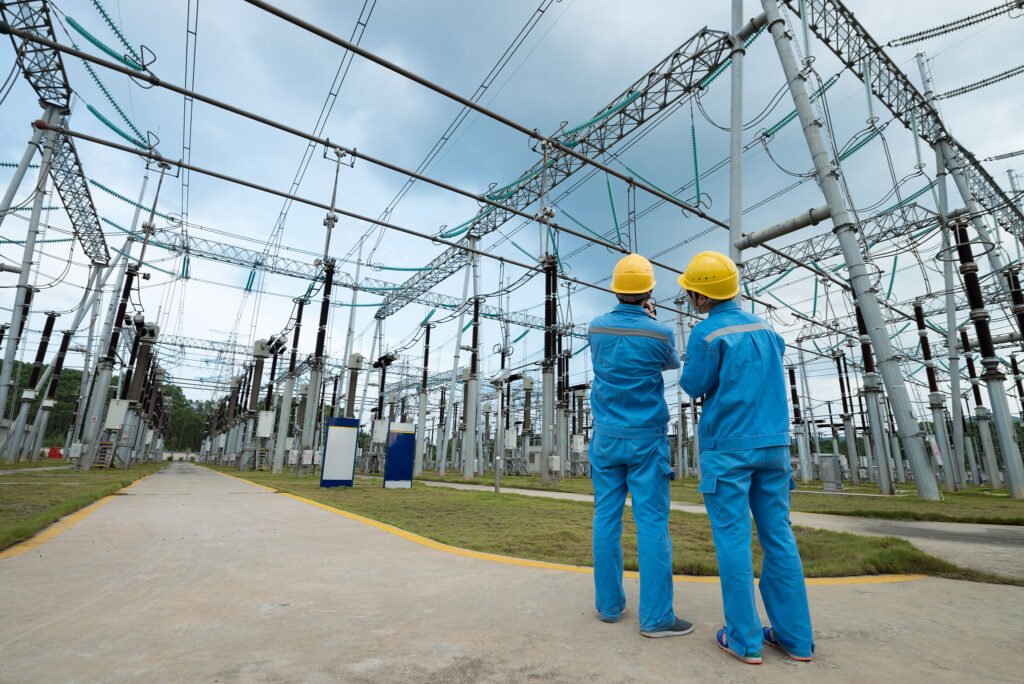
I. Introduction
From the original candlelight and kerosene lamps to modern high-voltage direct current transmission technology, the development of electricity in the United States is an epic of technological innovation and social progress. In this article, we’ll take an in-depth look at the development of electricity in the United States, from its origins to the modern electric system, and the key people, technologies, and events involved.
2. Early electricity: from static electricity to direct current
At the end of the 18th century, the mysterious properties of electricity attracted the attention of many scientists. American scientists and inventors, such as Benjamin Franklin, made important contributions to the study of electricity. Through his kite experiment, Franklin proved that lightning and sparks are different manifestations of the same phenomenon. This discovery laid the foundation for early electrostatic research.
In the early 19th century, scientists began to explore how to convert electricity into practical energy. In 1831, Michael Faraday discovered the laws of electromagnetic induction, which laid the foundation for the development of generators and transformers. Joseph Henry and William Spotts of the United States were important figures during this period. Their work had a profound impact on the research of alternating current (AC) and direct current (DC).
3. The battle between alternating current and direct current: The rise and fall of Edison
At the end of the 19th century, with the continuous development of the power system, the dispute between alternating current and direct current became more and more intense. As a staunch supporter of direct current, Thomas Edison invented the first practical incandescent light bulb in his laboratory, but his plan was not ideal in terms of long-distance transmission. In contrast, the alternating current systems of Nikola Tesla and George Westinghouse, among others, showed greater potential.
This technological battle culminated in the 1893 Niagara Falls World’s Fair. Edison’s company attempted to prove that their DC system could meet this huge power demand, but ultimately failed. Westinghouse’s AC system won the contract and demonstrated its capabilities at the expo. The failure marked the beginning of Edison’s decline in leadership in the electric power industry.
4. The rise of modern power systems: the maturity of high-voltage DC transmission and AC power grids
After entering the 20th century, as the demand for electricity from industry and households continued to grow, high-voltage direct current transmission (HVDC) began to become a research hotspot. This technology enables long-distance, large-capacity power transmission. In the United States, many companies and scientific research institutions are involved in the research and development of HVDC. Today, the United States has built a massive electric power system that connects thousands of power stations and millions of homes and businesses through high-voltage transmission lines. This system ensures reliable power supply while also being able to flexibly respond to changes in demand and the integration of renewable energy sources.
However, the management and control of power systems have become an increasingly prominent issue. In order to solve this problem, researchers and engineers began to study the application of artificial intelligence (AI) in power systems. AI can monitor grid status in real time, predict demand changes, and automatically adjust power generation and transmission lines, thereby improving the reliability and efficiency of power supply.
5. Future Outlook: Integration of Smart Grid and Renewable Energy
Entering the 21st century, the U.S. power system is facing a series of new challenges and opportunities. With the large-scale deployment of renewable energy sources (such as solar and wind energy), how to integrate these energy sources into existing power systems has become an important issue. The development of smart grids makes it possible to achieve this goal. Smart grid can monitor and control the operating status of the power grid in real time through advanced sensors, communication and control technologies. This not only helps improve the reliability and efficiency of electricity supply, but also helps reduce energy consumption and carbon emissions.
In addition, with the popularity of electric vehicles, the load characteristics of the power grid are also changing. The charging needs of electric vehicles pose new challenges to the stable operation of the power grid. To address this challenge, researchers and engineers are studying how to incorporate electric vehicles into smart grids to make them a dispatchable resource that can help balance grid loads and improve energy efficiency.
6. Conclusion
The history of the development of electricity in the United States is an epic of technological innovation and social progress. From the initial research on electrostatics and the rise of direct current systems to the application of modern high-voltage direct current transmission and smart grids, the U.S. power industry has always been at the forefront of technological innovation. However, facing the challenges and opportunities of future renewable energy, the U.S. power industry still needs to continue to innovate and adapt to changes. Only in this way can we ensure the sustainable development of the future power system and meet the needs of society.

